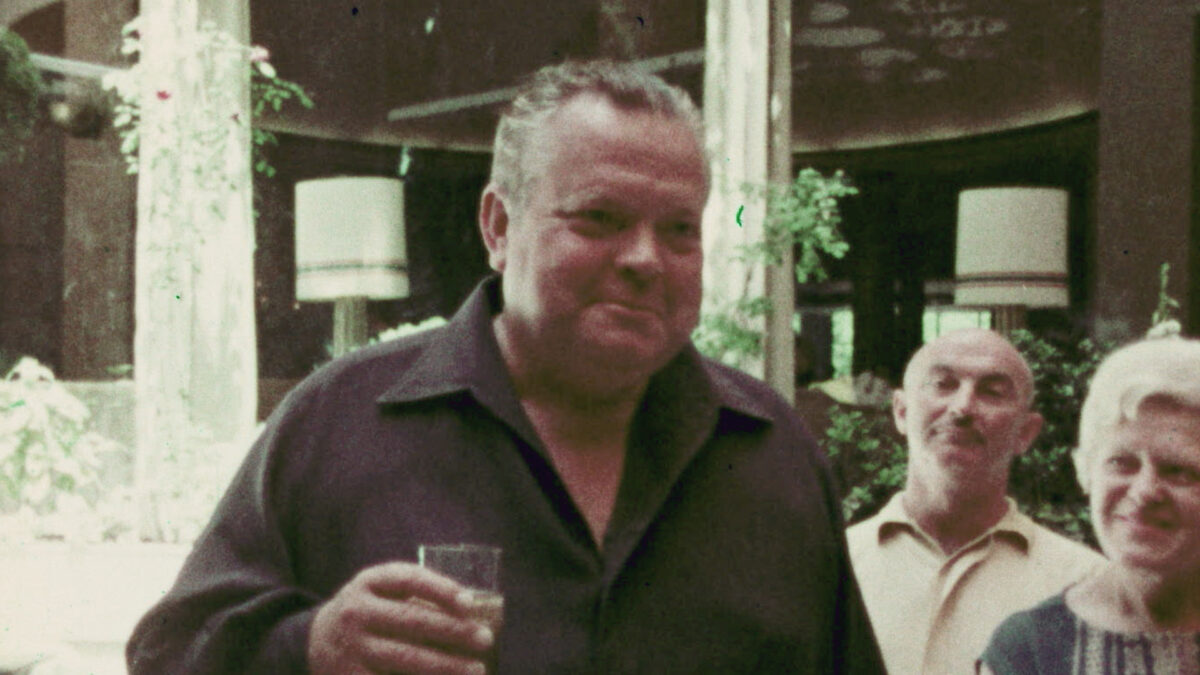Chasing Einstein
(USA, 80 min.)
Dir. Steve Brown, Timothy Wheeler
Albert Einstein’s equation of E = MC2 might be the most famous scientific theory of our time, but does it add up? Chasing Einstein, by Steve Brown and Timothy Wheeler, follows a field of dedicated researchers eager to add to Einstein’s theory of relativity. Voices ranging from New York Times columnists to haughty vloggers have questioned Einstein’s theory. They suggest that Einstein’s theory in which energy and mass are equal generally holds up, but they also argue that there must be more to the equation. Chasing Einstein follows this line of inquiry. For the chorus of physicists who’ve been inspired by Einstein, the opportunity to add to his equation is a Holy Grail worth pursuing.
One key variable that the brainy and inquisitive Chasing Einstein considers is dark matter. The invisible element that supposedly comprises most of the universe is the riddle the scientists aim to solve. The film admittedly doesn’t leave a viewer with much sense of what dark matter actually is. It’s a scientific x-factor by this writer’s estimation. Finding dark matter might therefore be as impossible as stumbling upon Orson Welles’s original cut of The Magnificent Ambersons. These researchers nevertheless persist since the thrill of the hunt merits its potential contribution to knowledge, culture, and science. This film is all about those who have the passion to risk it all.
Brown and Wheeler, who previously collaborated on the peculiar environmental film Poached, find a cast of characters who invite audiences along for the hunt. The film includes esteemed men and women from around the world, including some Nobel laureates, who use particle accelerators, massive telescopes, underground labs, and ludicrously complex formulae to solve the riddle of Einstein’s missing link. The cast includes Dutch twin brothers Erik Verlinde and Herman Verlinde, a brainy duo of physicists who ignite sparks of genius while sharing the screen. Margot Brouwer, on the other hand, represents a new generation of physicists as she tests Verlinde’s theory and rises through the ranks. Nobel Prize winners Barry Barish and Rainer Weiss show off their snazzy LIGO gravitational wave detector that makes significant advances while exploring Einstein’s theory. James Beacham studies particles at the CERN accelerator lab and infuses the film with engaging TED Talk-y ponderings.
Perhaps the most engaging character, though, is Italian physicist Elena Aprile. She undertakes a hugely ambitious endeavour in the underground labs of XENON in Gran Sasso, Italy and works with a team of 135 researchers. Besides being the liveliest and most personable character in Chasing Einstein, Aprile has a real gift for gab. (Although Beacham gives her a run for the money.) Some of the other subjects struggle to convey their research in terms comprehensible for the average viewer, but Aprile expresses her studieswith accessible language that doesn’t simply the science or the implications of her research into dark matter. Moreover, Brown and Wheeler arguably find the strongest character arc over the course of Aprile’s studies. Without giving anything away, her story exemplifies the personal costs and rewards of diving into unknown territory.
The film ultimately celebrates the collective pursuit of science and the thrill of going into the unknown. Beacham summarizes the field best in the doc’s conclusion as he articulates how an unsuccessful experiment is not a failure because it still contributes to the larger field of knowledge. His argument summarizes the film’s surprising second act in which Brown and Wheeler follow the scientists outside their labs and into the world. Many of them join for a nature retreat to see the solar eclipse of August 2017 in the American Heartland. The scientists aren’t especially outdoorsy, but they get an obvious thrill from the wild open space that’s at the heart of their study. It’s also fun to observe the researchers geek out over the eclipse and their synapses spark while considering its significance within their work.
While the average viewer probably won’t leave Chasing Einstein with a firm grasp of the science behind dark matter et al, they will relate to the subjects’ desire to confront life’s larger questions. The film admirably relates the characters’ scientific inquiries to concerns outside the lab. Beyond this sequence with the eclipse, the film sees two of the subjects encounter death and questions of the afterlife. Others weigh the pursuit of knowledge against the rewards of family and friendships. Brouwer, meanwhile, introduces her fiancé who is studying to be a minister. This seemingly odd couple embraces the compatibility of the great unknown. The questions at the heart of Chasing Einstein are rooted in science, but they’re also deeply philosophical. Chasing Einstein will inspire audiences to embrace the seemingly vast limitlessness of the universe.
Chasing Einstein screens at Hot Docs Ted Rogers Cinema on Jan. 8 and 9 as part of the Doc Soup series. Director Timothy Wheeler will be in attendance.












